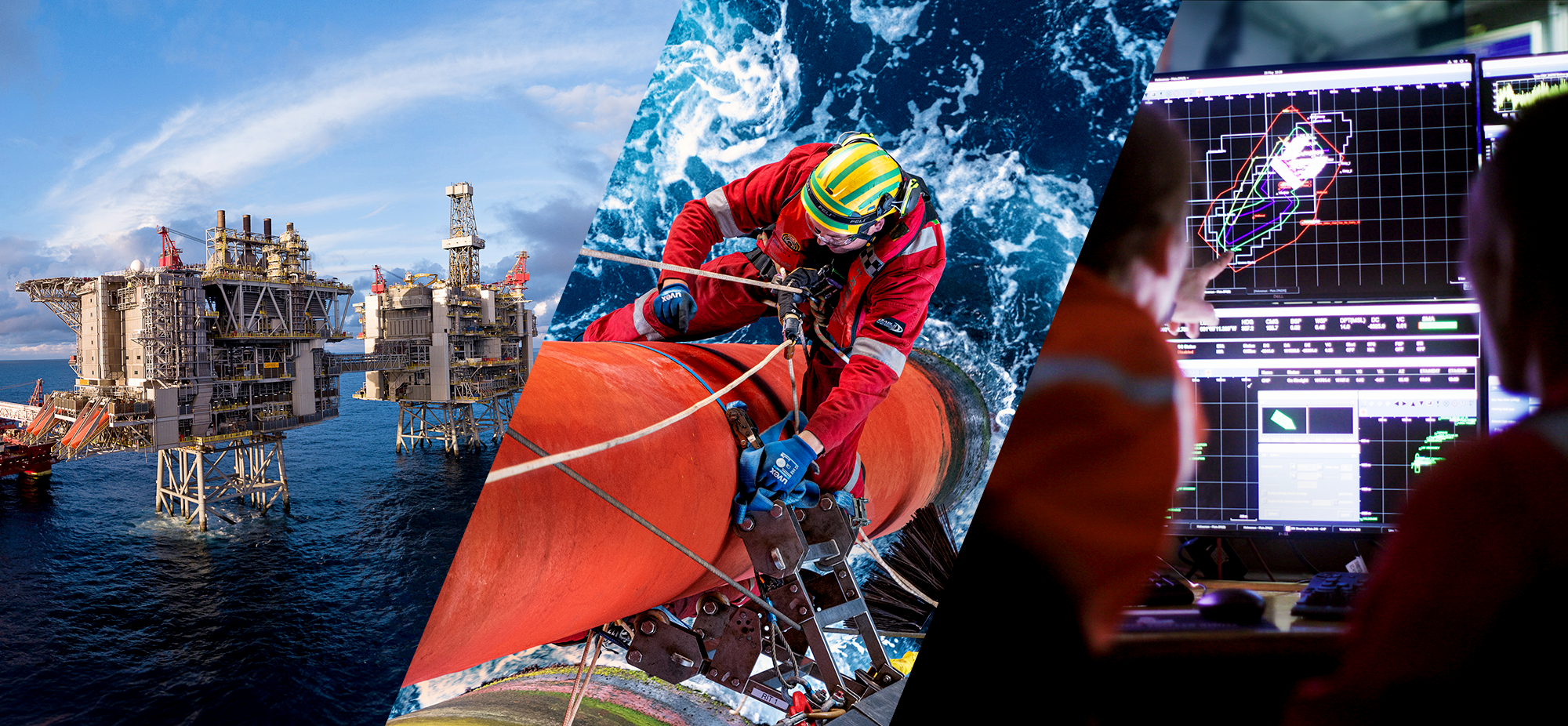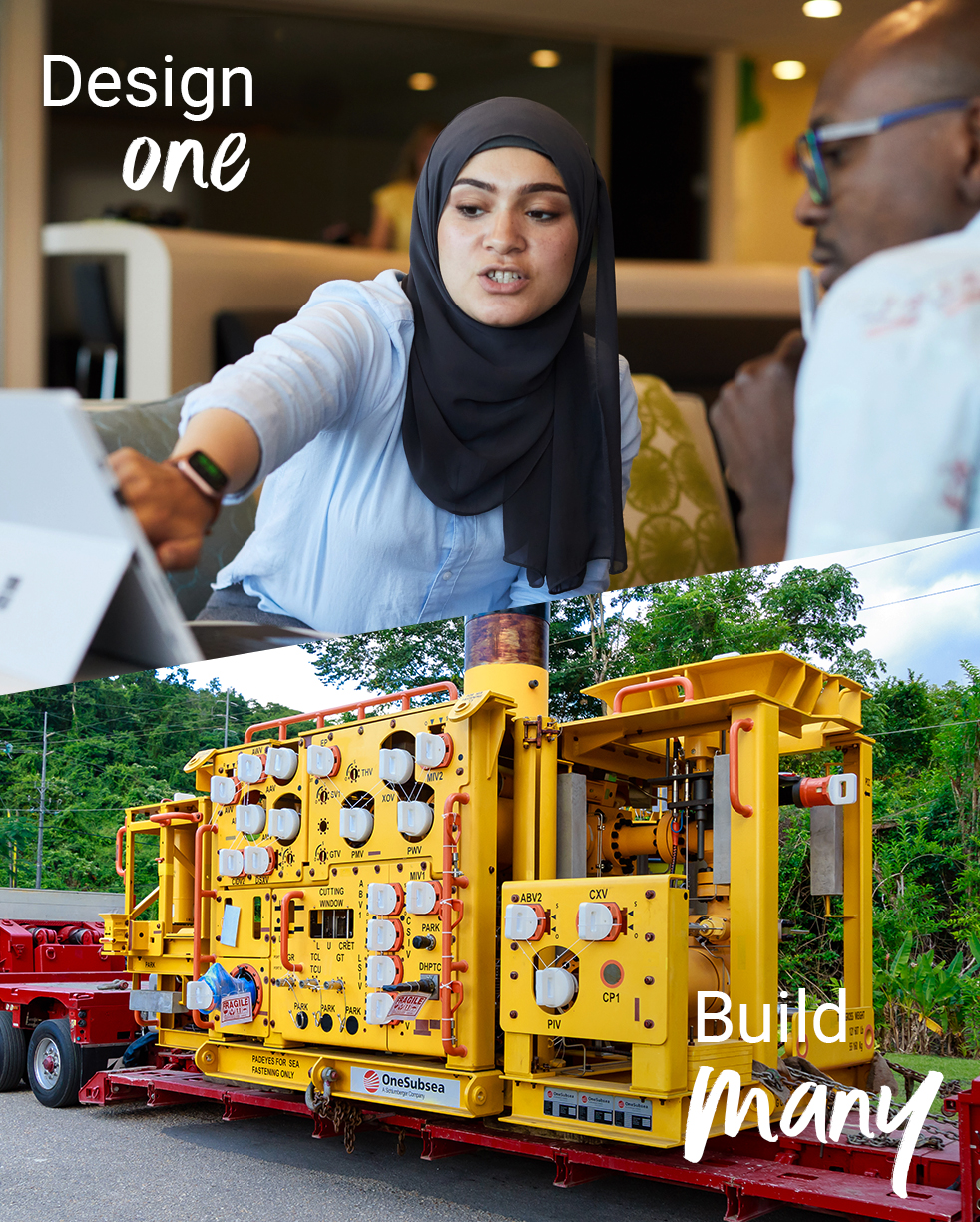Oil and gas
A resilient oil and gas business is an essential part of our transformation to an integrated energy company

Experience & technology

At the core of our reset strategy is a plan to grow our upstream oil and gas business. The world is in an ‘energy addition’ phase – consuming increasing amounts of both fossil fuels and low carbon energy to meet growing demand.
Oil and gas will be needed for decades to come. We expect continuing robust demand for oil and gas to 2035, including strong growth in natural gas demand from emerging Asian economies – and we think global demand for North American natural gas is set to expand by around 15% in the same period.
Within that gas demand, we expect global LNG demand to grow by around 50% between 2023 and 2035.
As a result, we now expect oil and gas demand to be sustained to 2040 (no decline vs 2022) in our Energy Outlook Current Trajectories scenario, while our Net Zero scenario shows oil and gas demand in 2040 declining significantly, but still making up around 45% of total energy consumption.
Why bp is investing in oil and gas
Oil and gas supply about 55% of the world’s energy.1 The world consumes around 100 million barrels of oil a day, and around 4,000 billion cubic metres of natural gas a year.2 It’s energy that keeps the lights on, gets us from A to B, and heats our homes.
Without continued investment, oil and gas production would fall suddenly, not gradually. It is now clear that in this energy addition phase, that fall would be faster than the world can build lower carbon alternatives.
Further investment in oil and gas, therefore, helps to meet the world’s growing energy consumption. And it can help to fund the transition to lower carbon energy as well.
Safety will always come first – maintaining safe and efficient operations, which underpins everything we do.
We are increasing capital investment in upstream oil and gas by around 20% – from around $8.5 billion in 2024 to $10 billion through 2027. This will enable us to:
- Start up more major projects – 10 by 2027 and a further eight-10 by the end of the decade – a 25% increase on previous plans.
- Grow production to 2.3-2.5 million barrels a day in 2030 – up from 2.2 million in the previous plan.
1Source: Energy Institute
2Source: Statistical Review of World Energy

And we are strengthening our portfolio
- Building our US portfolio to around 1mboe/d by 2030 as we increase US onshore production and develop our enormous GoA Paleogene resource base.
- Accessing discovered resources in some of our core regions, including Karabagh, Azerbaijan; Manakin/Cocuina, Trinidad; and Kirkuk, Iraq.
- Reloading the exploration hopper – increasing exploration seismic and drilling spend globally.
This upstream reset aims to deliver new barrels, higher reserves and higher unit margins through the decade, which translates to higher cashflow.
Our balanced portfolio across oil and gas and our reputation as a strong operator with high plant reliability and low production costs will help to drive performance. As will:
- Our expertise in deepwater, unconventional oil and gas reservoirs, LNG and giant complex field management.
- Our deep technical capability and world-class technology – from digital seismic imaging to drilling and rig automation, and AI and advanced analytics, enhancing exploration, advancement and production of our hydrocarbon’s resources.
- Our oil and gas value chains that are fully integrated from pipeline management to advantaged trading and shipping.


Advancing technology
Azeri Central East (ACE), in the Caspian Sea, is designed to produce up to 100,000 barrels of oil per day, and is a model for future platforms, with its control room located onshore.

Deepwater expertise
Greater Tortue Ahmeyim (GTA) Phase 1, is one of the deepest, most complex gas developments in Africa. The 2.3 million tonnes per annum (mtpa) LNG project is expected to contribute to meeting global energy needs.

Maximizing production
At the Raven field, offshore Egypt, has started up additional Raven infill wells to its existing onshore infrastructure as part of the West Nile Delta (WND) project, maximizing production from existing assets and optimizing resource efficiency.

Energy for today and tomorrow
See how we are turning plans into action, working towards providing more energy for the world that’s secure and increasingly lower carbon
North Sea at 60
Over the past six decades, bp’s presence in the North Sea has helped to meet the energy needs of millions and contributed billions of pounds to the UK economy. From bp’s first licence in 1964 to our latest projects in the region, this film charts the discoveries, engineering feats and pioneering skills that have made our North Sea business what it is today.
Boosting Indonesia’s energy supply
The start-up of the new Train 3 at our Tangguh liquefied natural gas operations provides vital additional energy, adding 3.8 million tonnes per annum (mtpa) of LNG production capacity, bringing total plan capacity to 11.4mtpa. Once fully operational, the Tangguh plant will provide around 35% of Indonesia's gas production.
4D vision
Our seismic teams conducted a 4D survey around Clair Ridge, one of the largest oil and gas developments in the region. This film explains how cutting-edge technology gives bp a far more detailed view of the seabed – helping us to determine where to place new oil and gas wells and make more efficient use of an existing asset. It’s all part of our efforts to produce the secure energy the world needs today.






